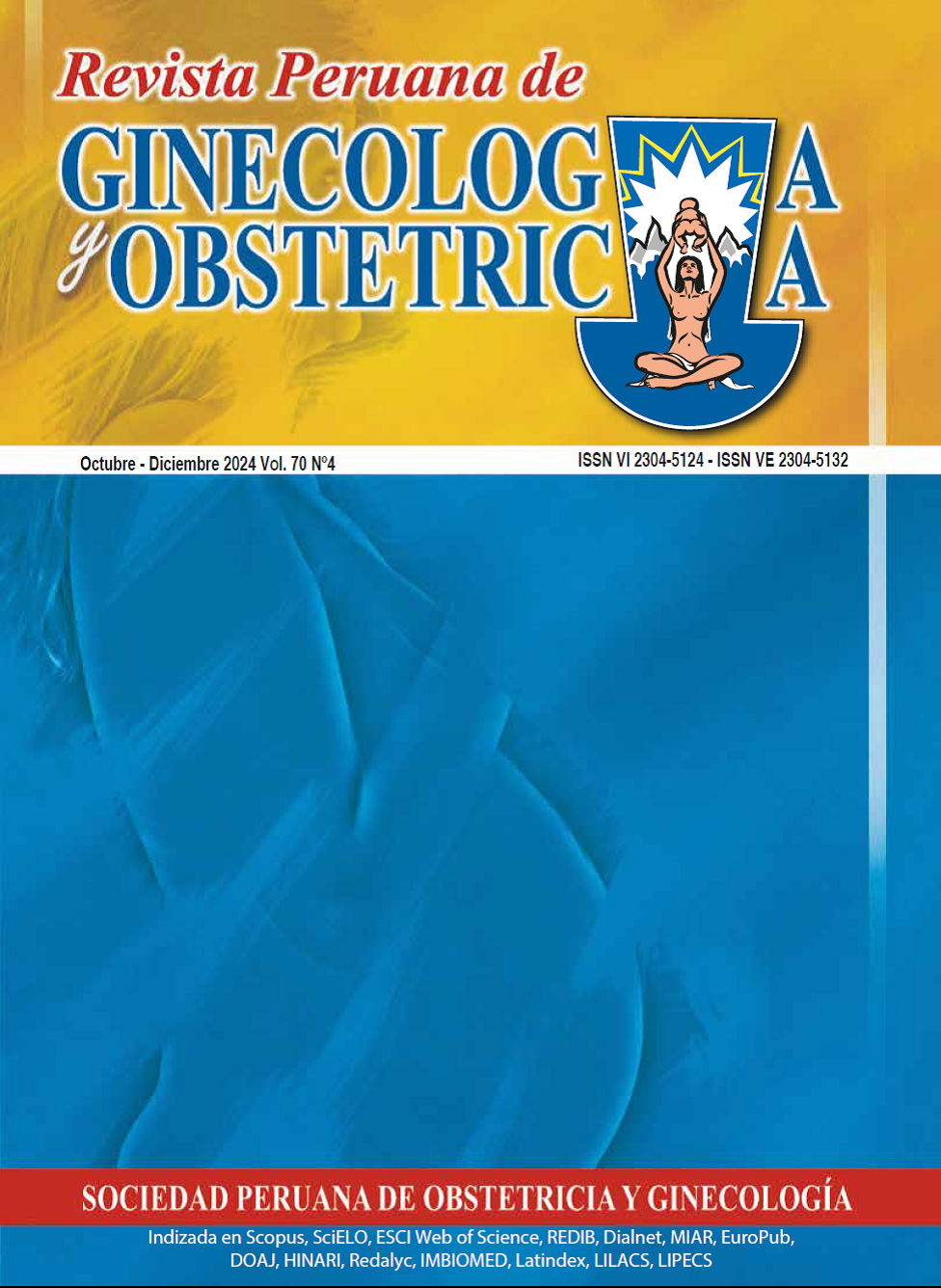Is it time for Peru to adopt the nine-valent vaccine?
DOI:
https://doi.org/10.31403/rpgo.v70i2708Keywords:
Uterine cervical neoplasms, Vaccines, Human papilloma virus, Papillomavirus vaccines, Nonavalent vaccine, PeruAbstract
Cervical cancer remains a challenge worldwide, especially in middle- and low-
resource countries. HPV vaccination is one of the most important weapons included
in the WHO's goals for 2030. The need to use a single dose is increasingly accepted
in various national programs. The comparison of one, two, and three doses of HPV
vaccines is very important to understand the changes occurring in the national
policies of different countries. In Peru, the national vaccination program uses a single
dose of the tetravalent vaccine from 9-18 years of age, gender-neutral.
Downloads
Downloads
Published
How to Cite
Issue
Section
License
Copyright (c) 2024 Gino Venegas Rodríguez, Oscar Galdos Kajatt, Andrea Mattos Orbegozo

This work is licensed under a Creative Commons Attribution 4.0 International License.
Esta revista provee acceso libre inmediato a su contenido bajo el principio de que hacer disponible gratuitamente la investigación al publico, lo cual fomenta un mayor intercambio de conocimiento global.















